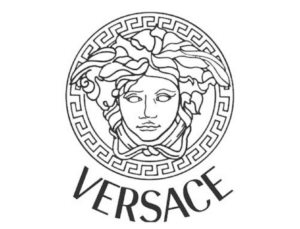Meme: (noun) an element of a culture or system of behaviour passed from one individual to another by imitation or other non-genetic means.
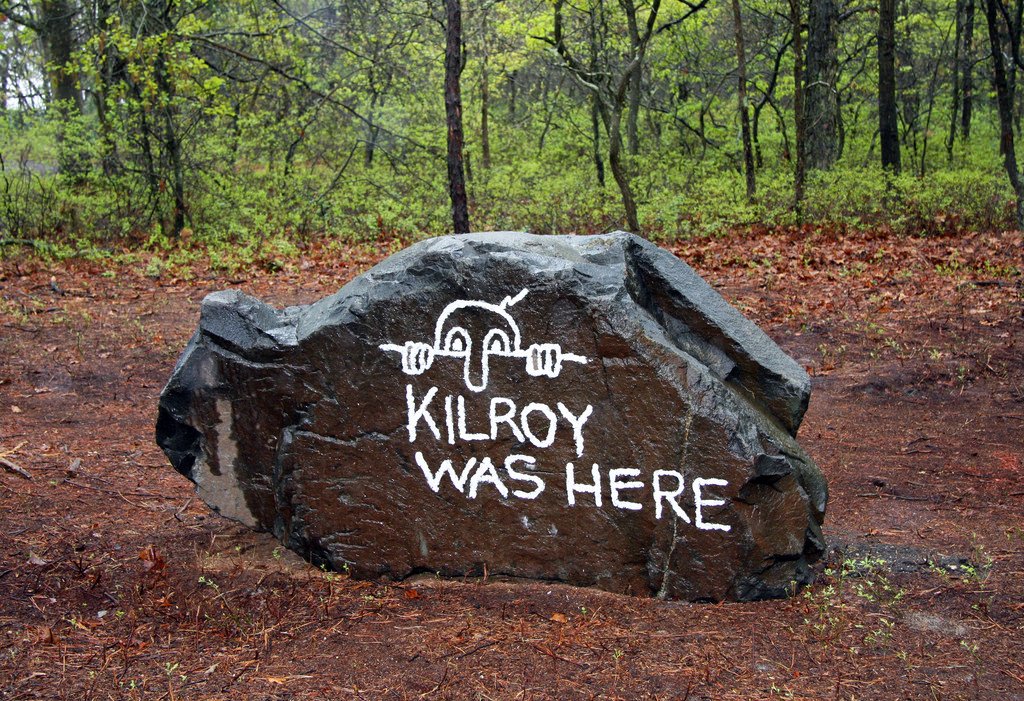
He’s a bald man with a long nose, leaning over a wall. Maybe you’ve spotted him, maybe you will. Because he is Kilroy and he is all over the world.
No one really knows where or how it began, but there is a theory as to how it spread.
During World War II, American soldiers would draw or carve the phrase ‘Kilroy was here’ anywhere they went to encourage the ones who arrived after them.
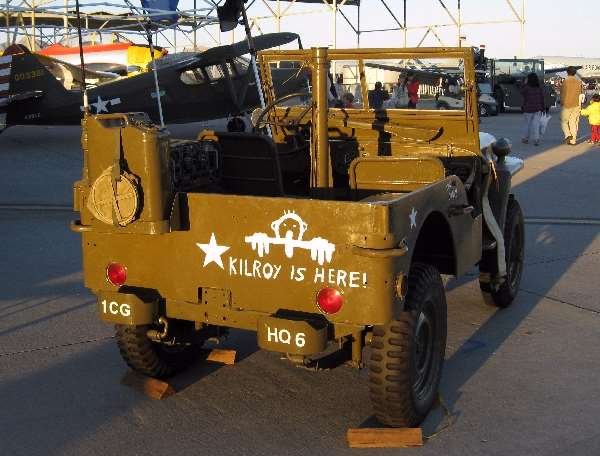
There are many versions of how the practice began.
The most possible theory is of Chad, Kilroy’s English counterpart. It became a thing during the late 1930s. Whenever there was a shortage of supplies or ration anywhere in Britain, the cartoon was drawn with the phrase ‘Wot? No tea?’. This is believed to have been started by British cartoonist George Chatterton.
The American Transit Association held a contest in 1946 to find out who Kilroy was and zeroed in on James J. Kilroy, an inspector at the Bethlehem Steel shipyard in Quincy during World War II. He would inspect tanks and ships, and reportedly leave the phrase ‘Kilroy was here‘ there as proof that he had indeed inspected the vehicle.
Apparently, the Chad cartoon met the Kilroy phrase somewhere in the early ’40s and was spread all over the world by American soldiers.
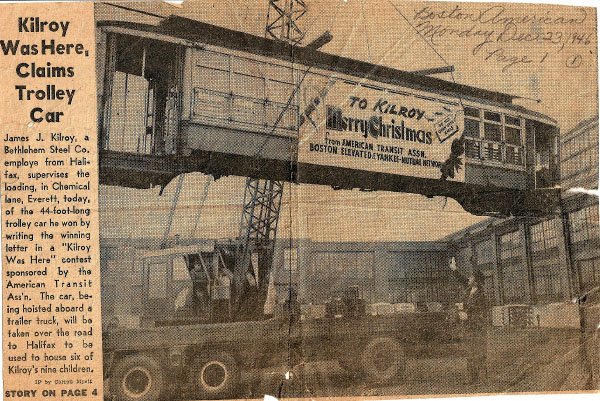
One of Kilroy’s most mysterious appearances was during the Postdam Conference in 1945.
Harry Truman, Winston Churchill and Joseph Stalin had exclusive access of a VIP bathroom. Stalin allegedly saw the Kilroy cartoon scribbled in the bathroom and came out demanding which of the other two was Kilroy.
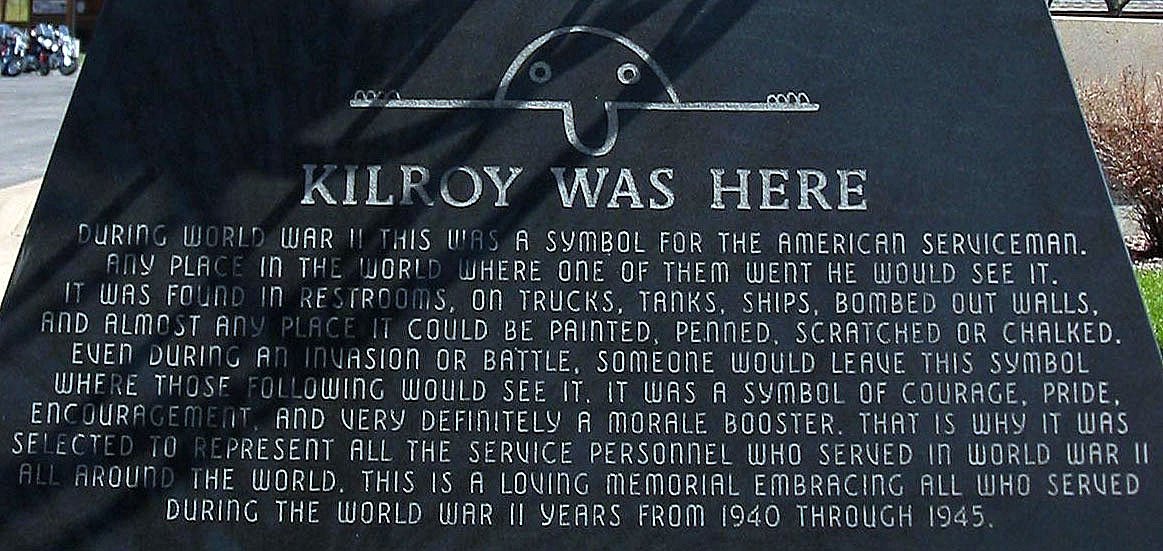
After the war, the graffiti became so popular that it is written in places as random as Mount Everest and the Arc de Triomphe.
It can occasionally be found in absolutely random places even today!




